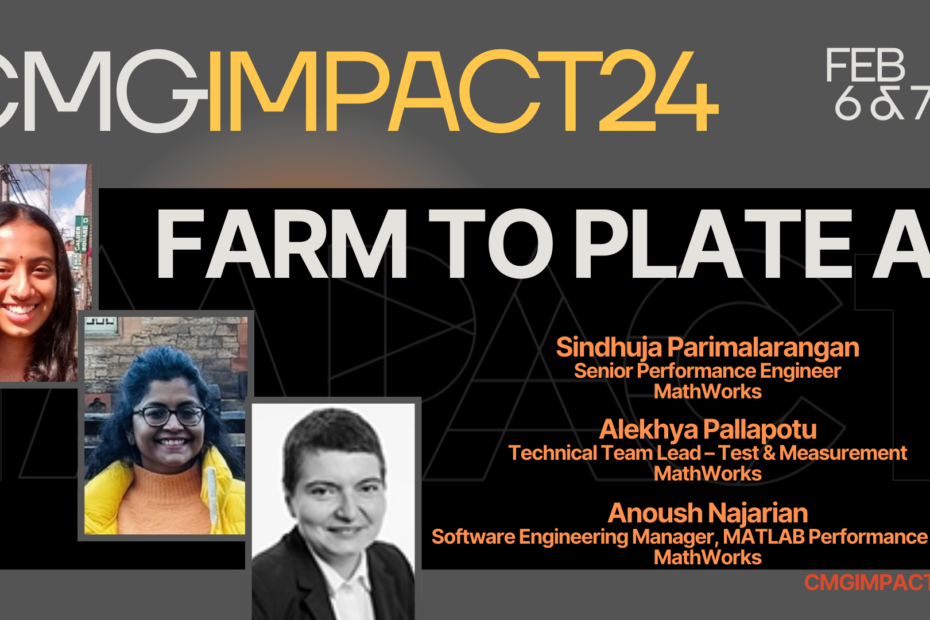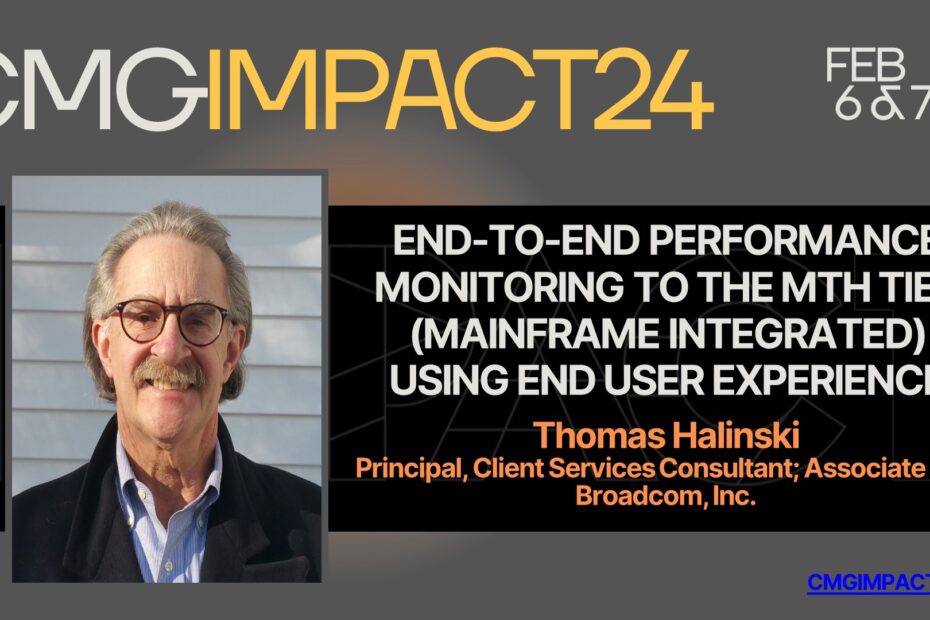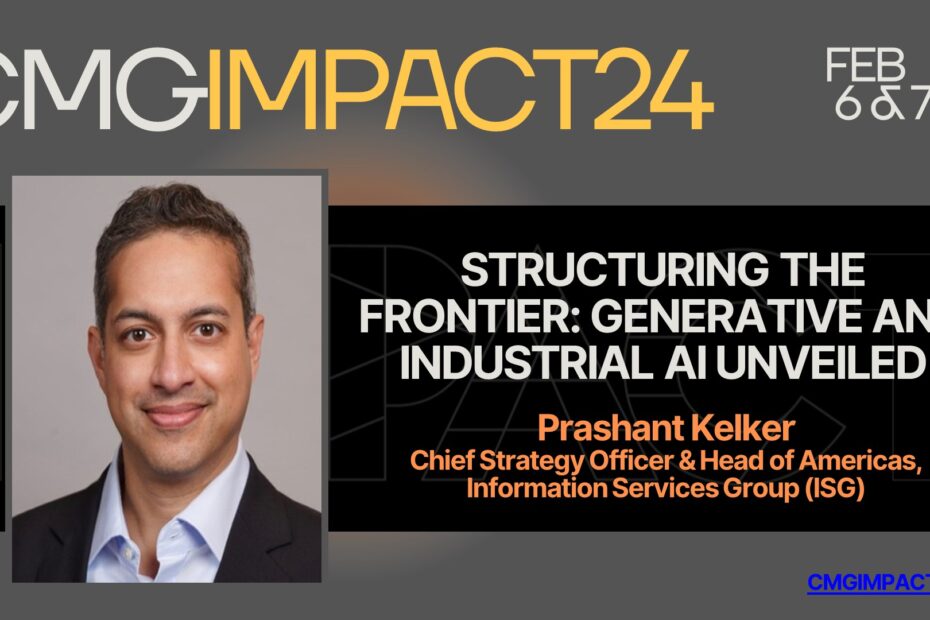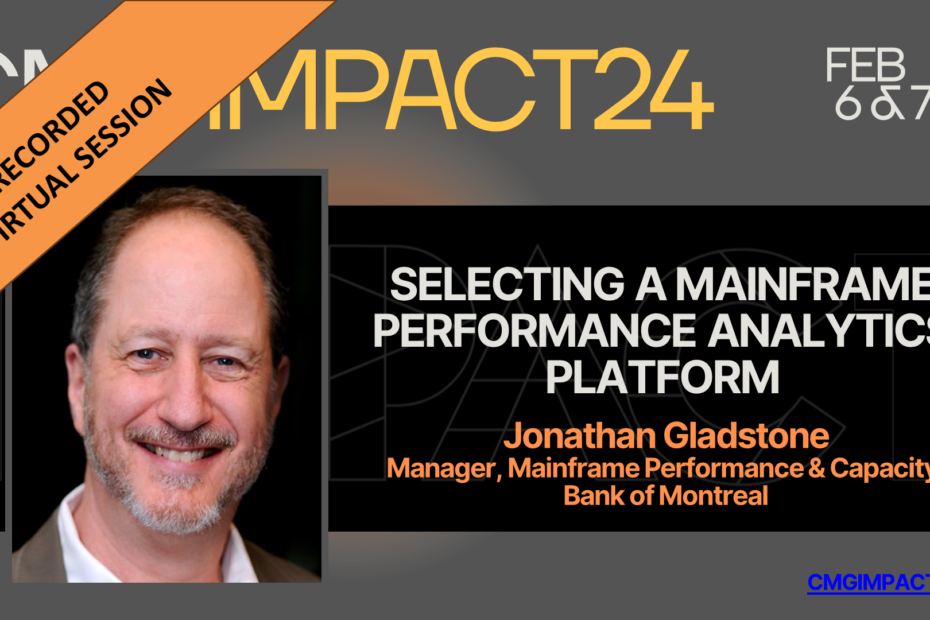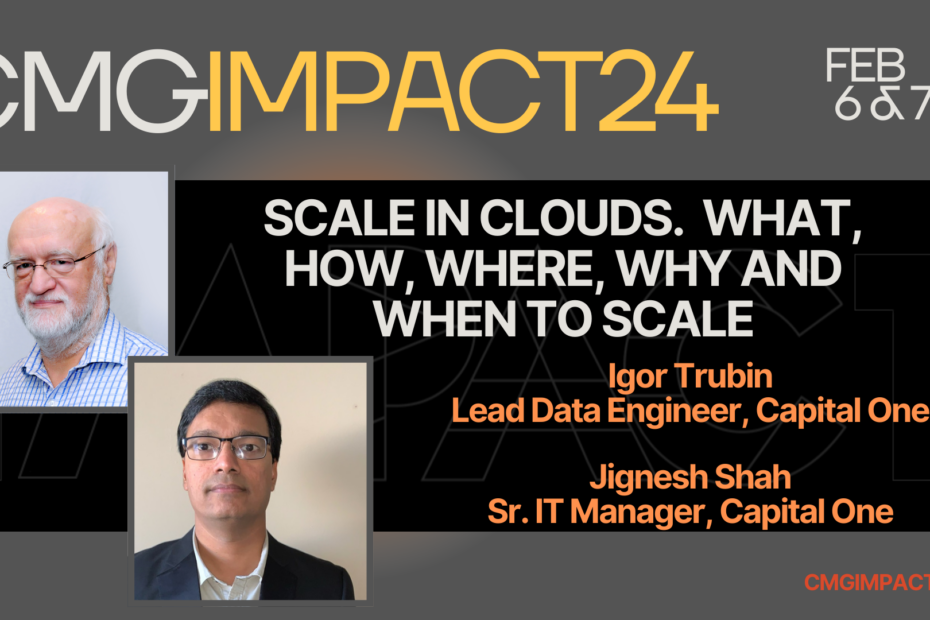Chaos Engineering & Performance Testing
I will use this talk to present a holistic Chaos Engineering framework that:
* Highlights the context of chaos engineering and performance testing, esp. as they both relate to
Service/Site reliability engineering (SRE).
* Describes how SLO, SLI (Service Level Objectives and Indicators) and Observability relate to
and impact SRE, chaos engineering and performance engineering?
* Depicts the key relationships between chaos engineering and performance testing including test
case generation and management, test data management, overlap in testing, among others.
* Provides views on ways of working & collaboration between the performance engineering
team and chaos engineering teams using value streams & collaboration tools.
* Present organization models with roles and responsibilities for performance engineering and
chaos engineering teams focused on business outcomes.
More:
* What is SRE or Site Reliability Engineering?
* What is SLO and SLI (Service Level Objectives and Indicators)?
* What are the key pillars of an SRE practice?
* What are Application, Platform and Service Performance and Resiliency Metrics?
* How does performance testing and chaos testing overlap and relate to each other?
* Why and how should performance & chaos engineering teams collaborate?
* How should I organize SRE, Chaos and Performance engineering teams in today’s agile, Dev-
Ops enabled and Cloud-Native world?

